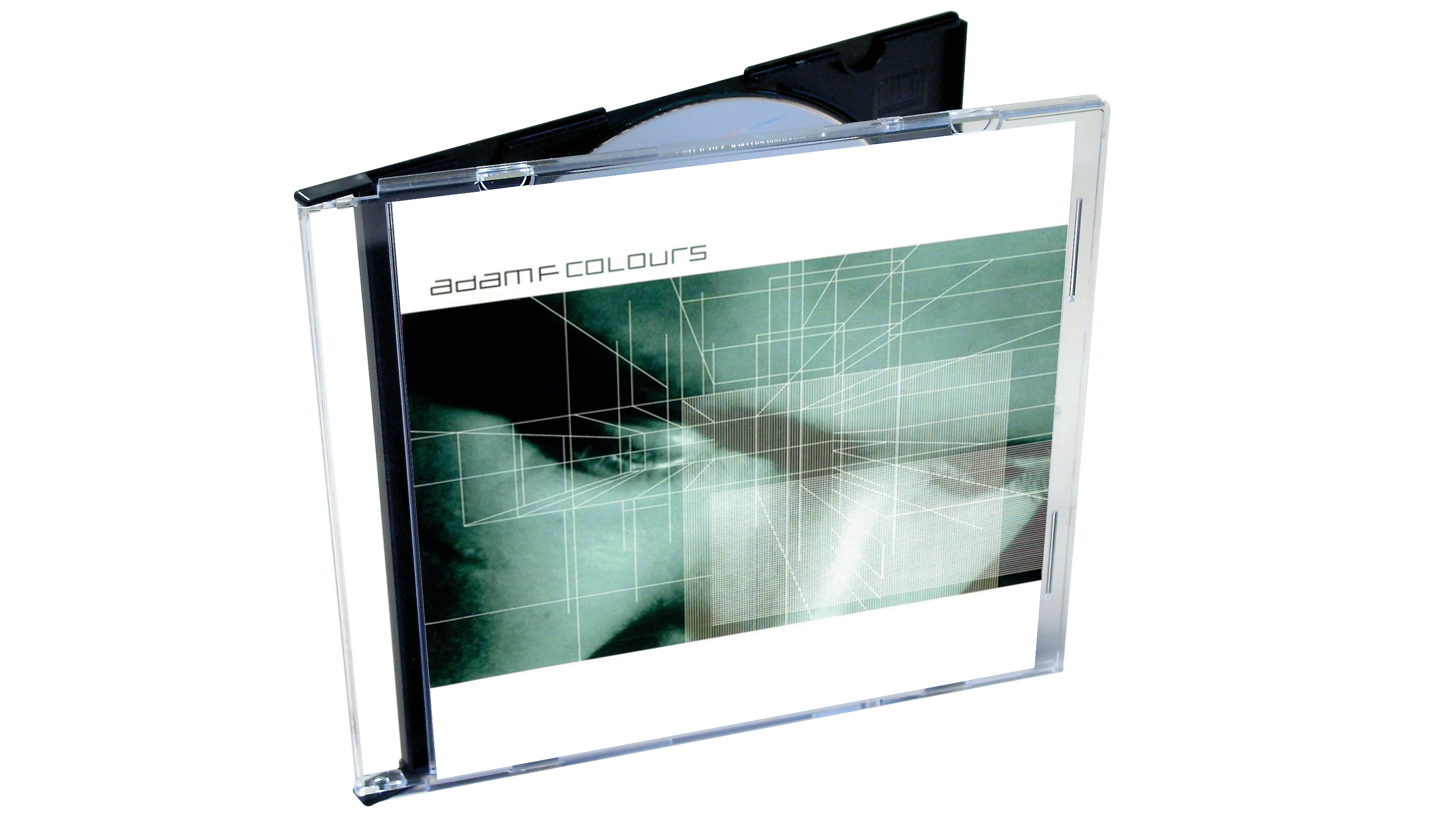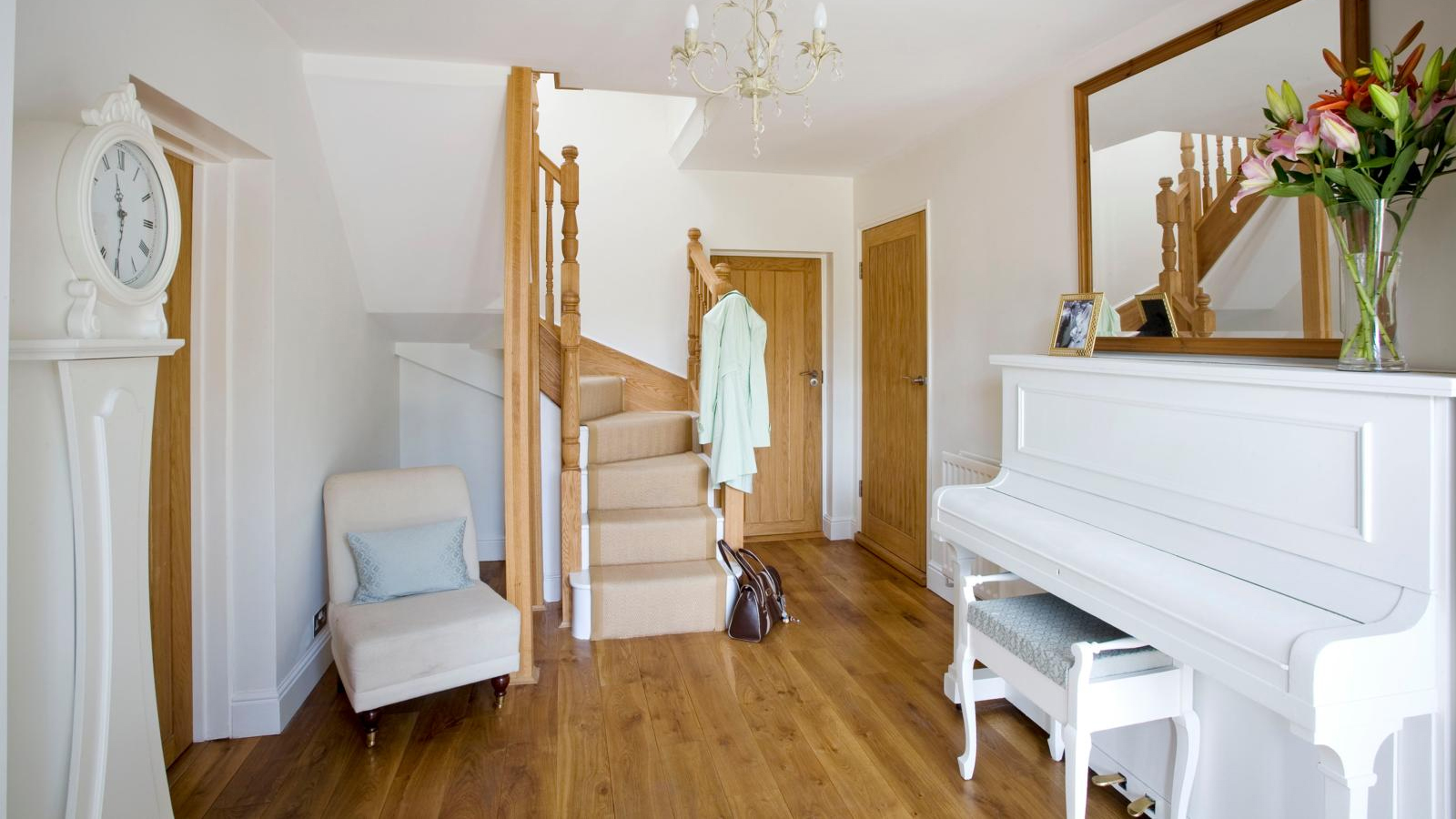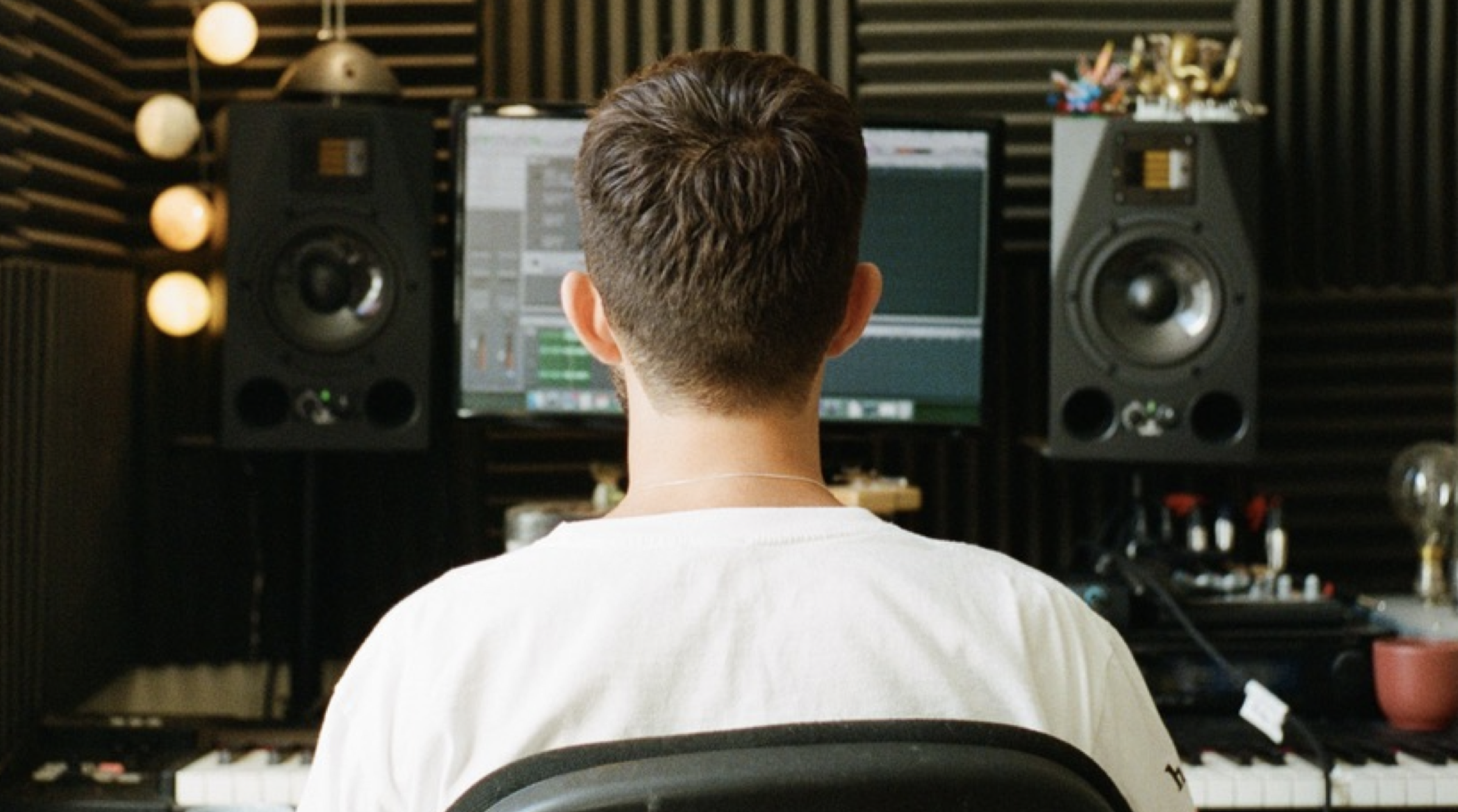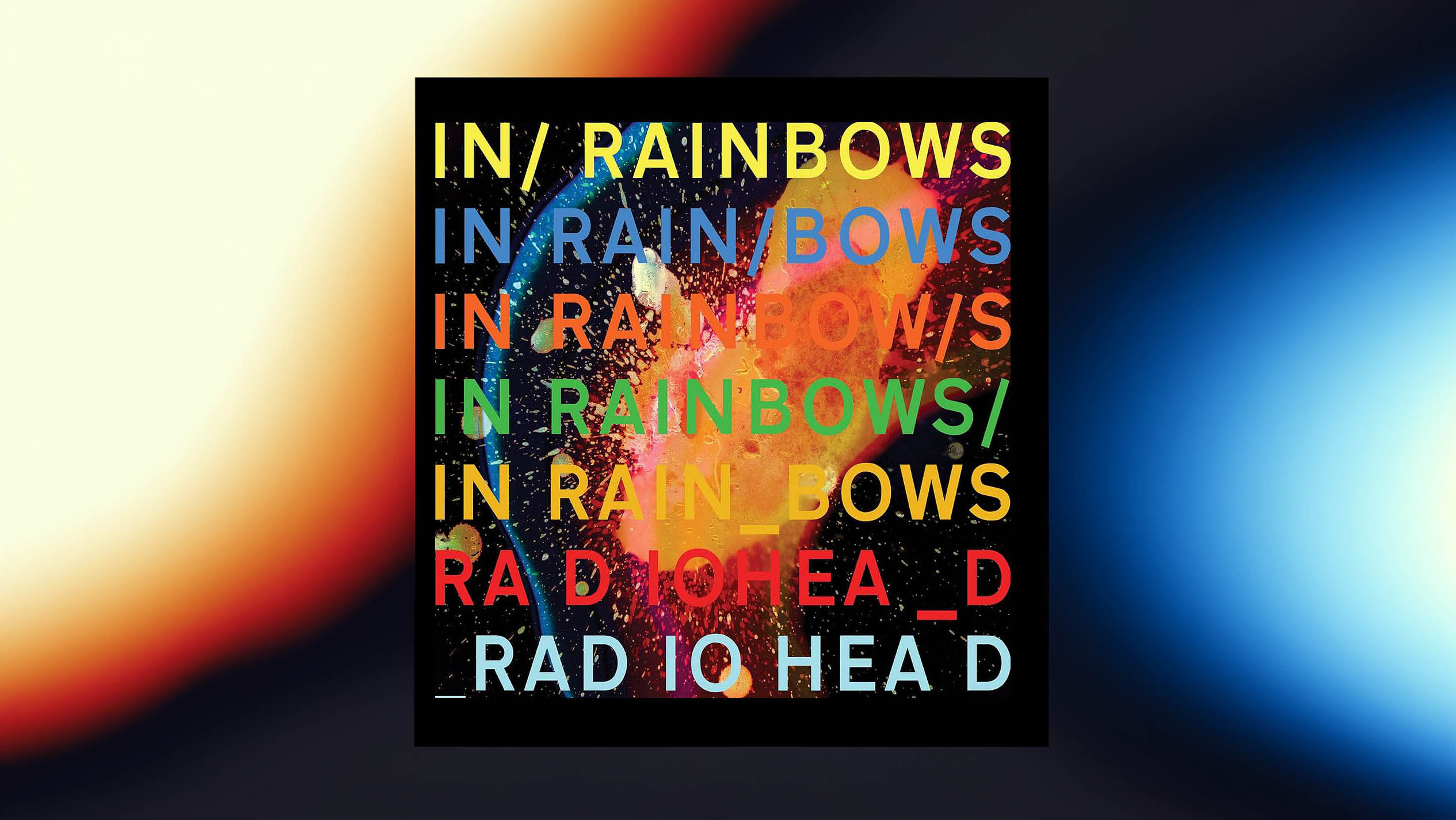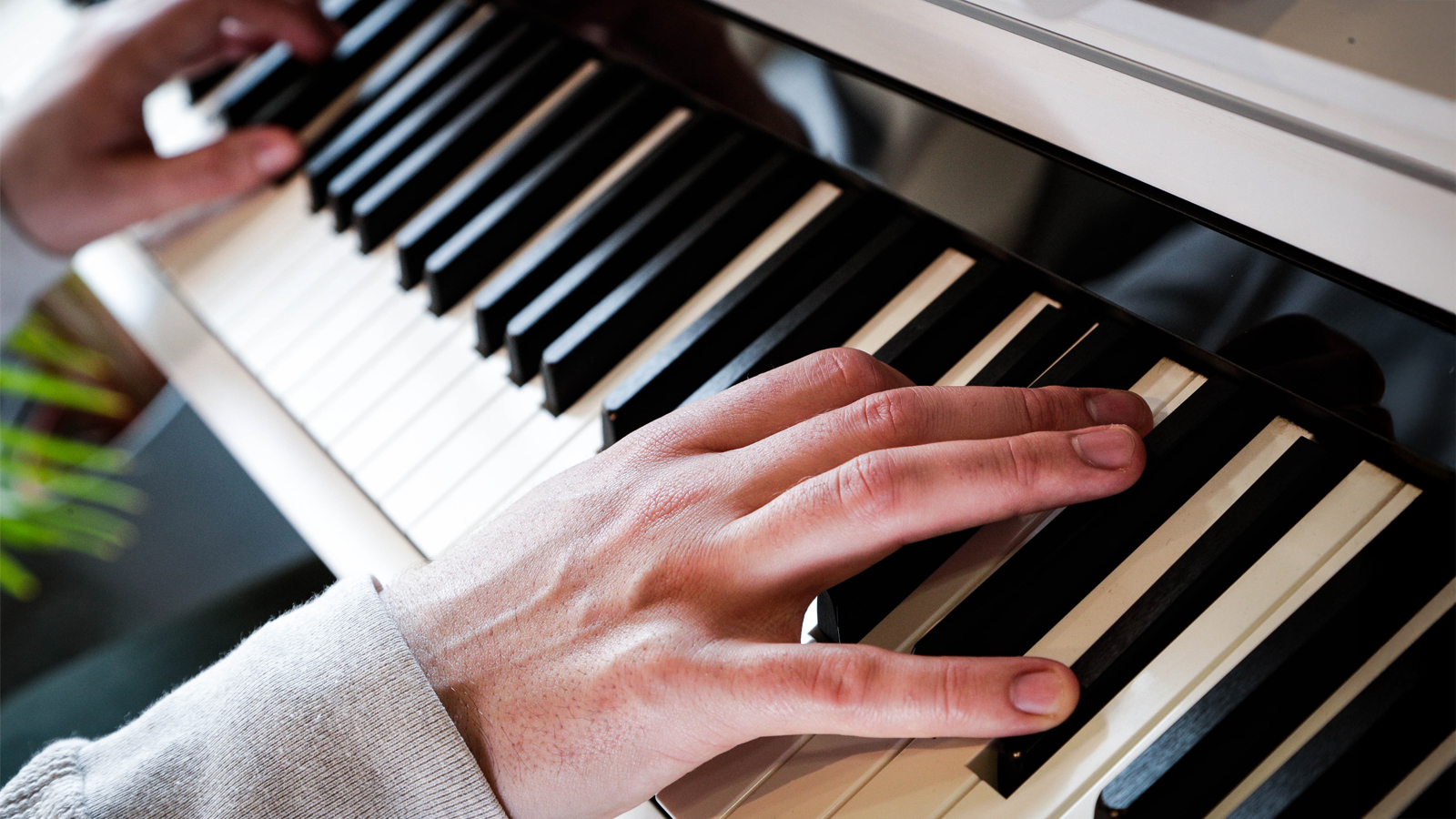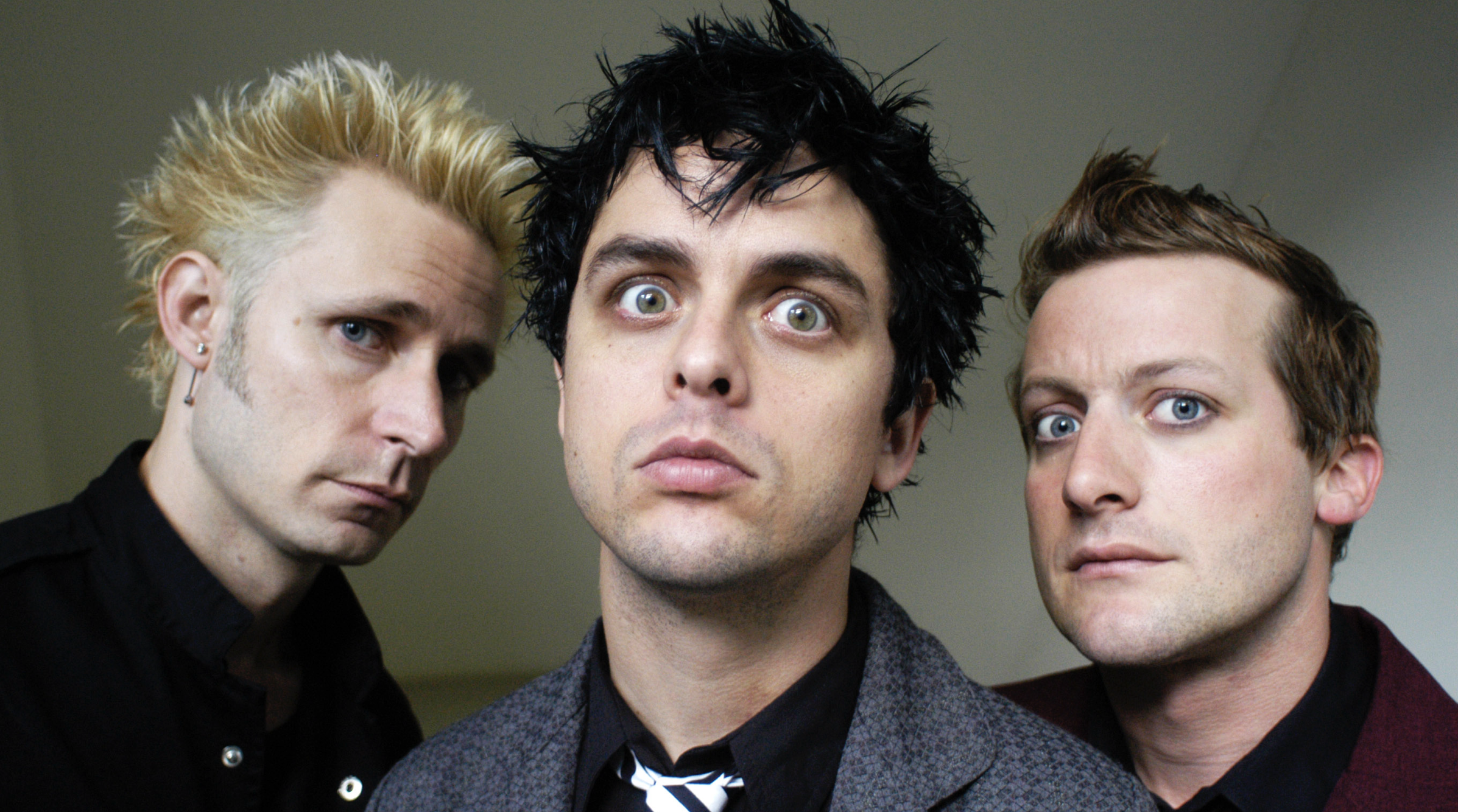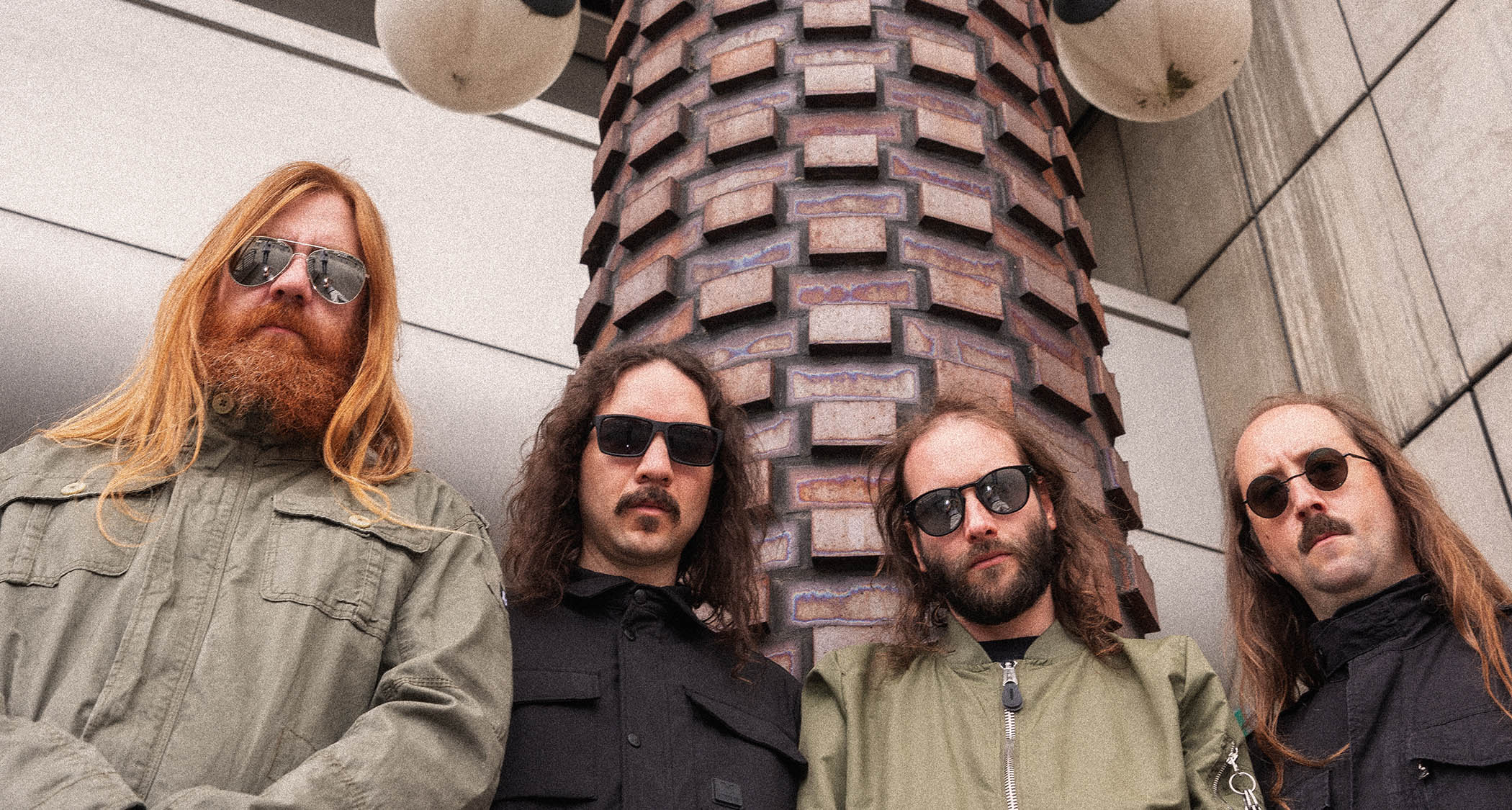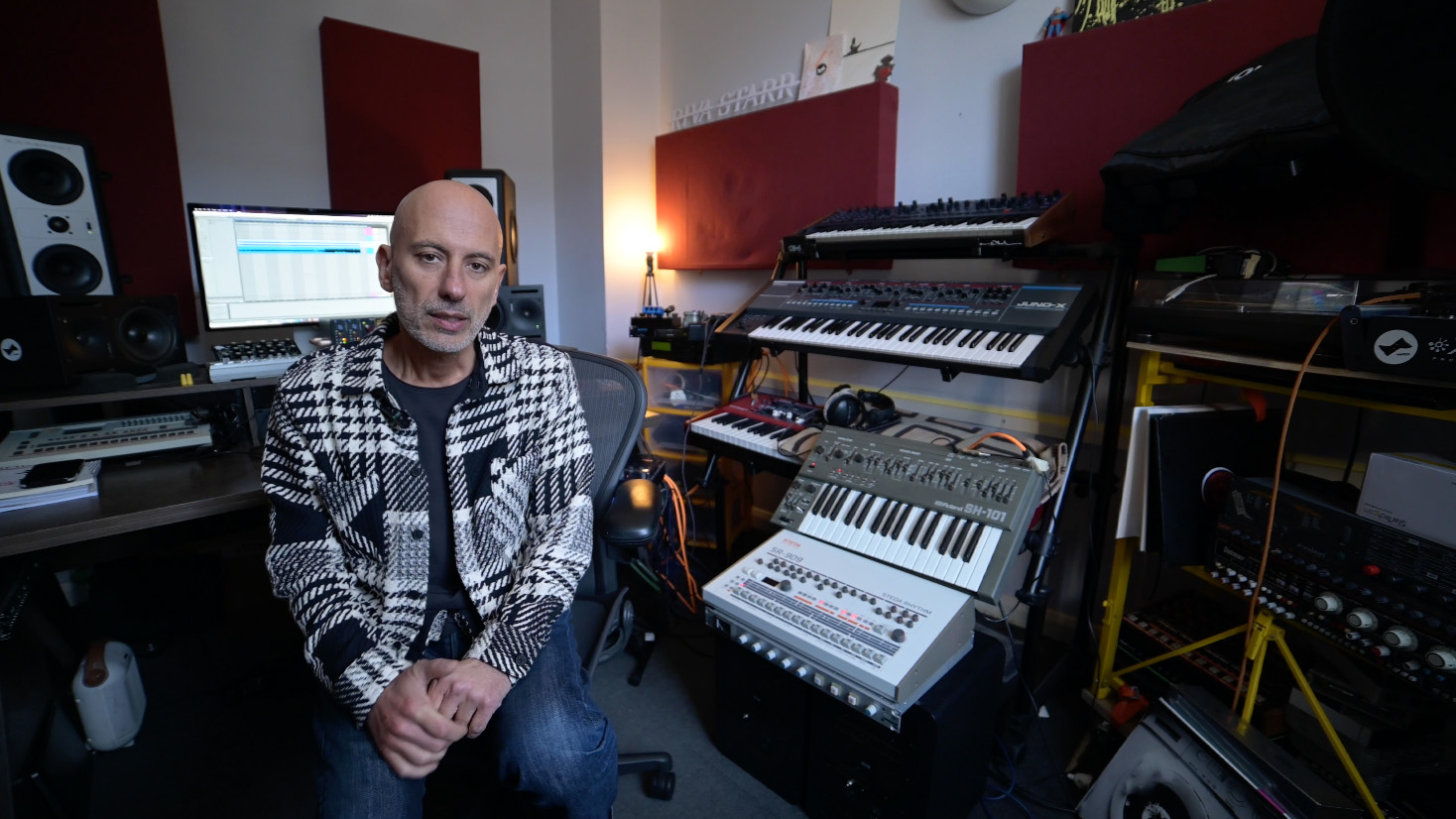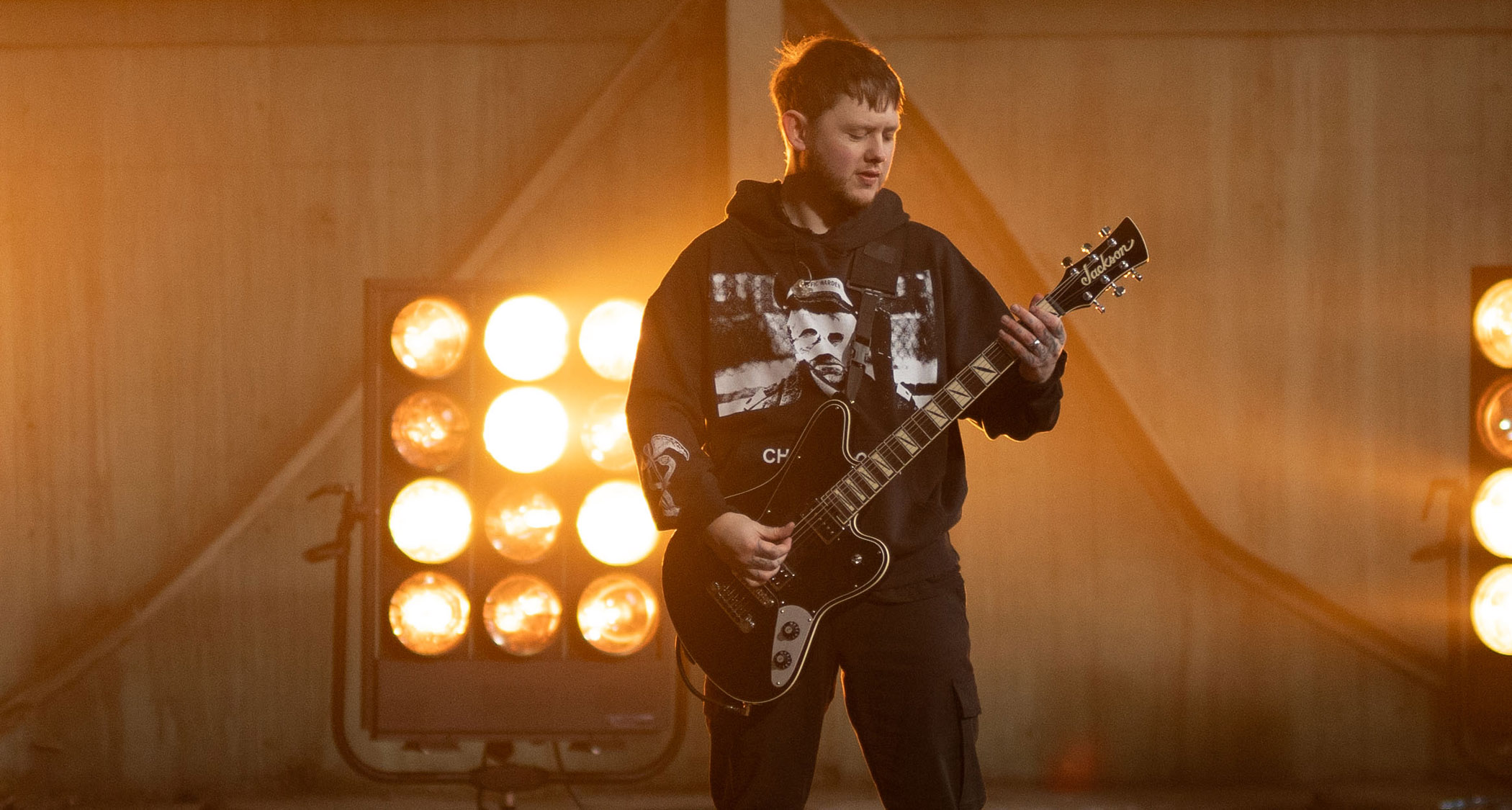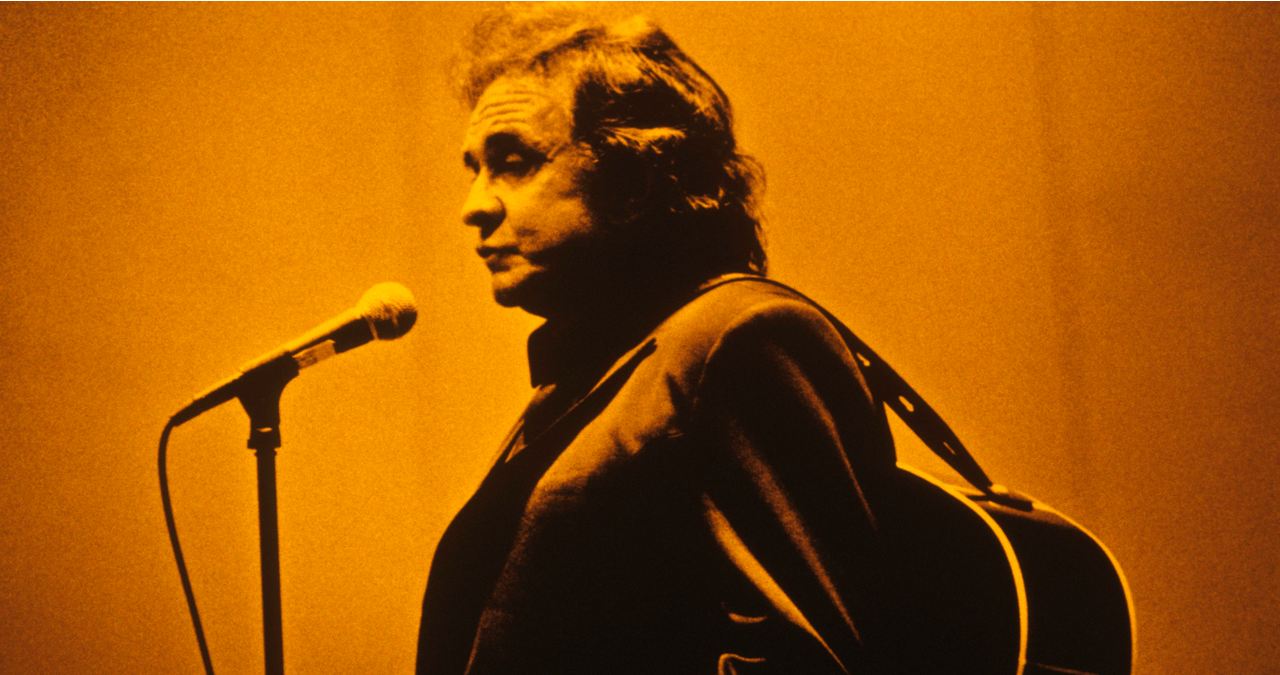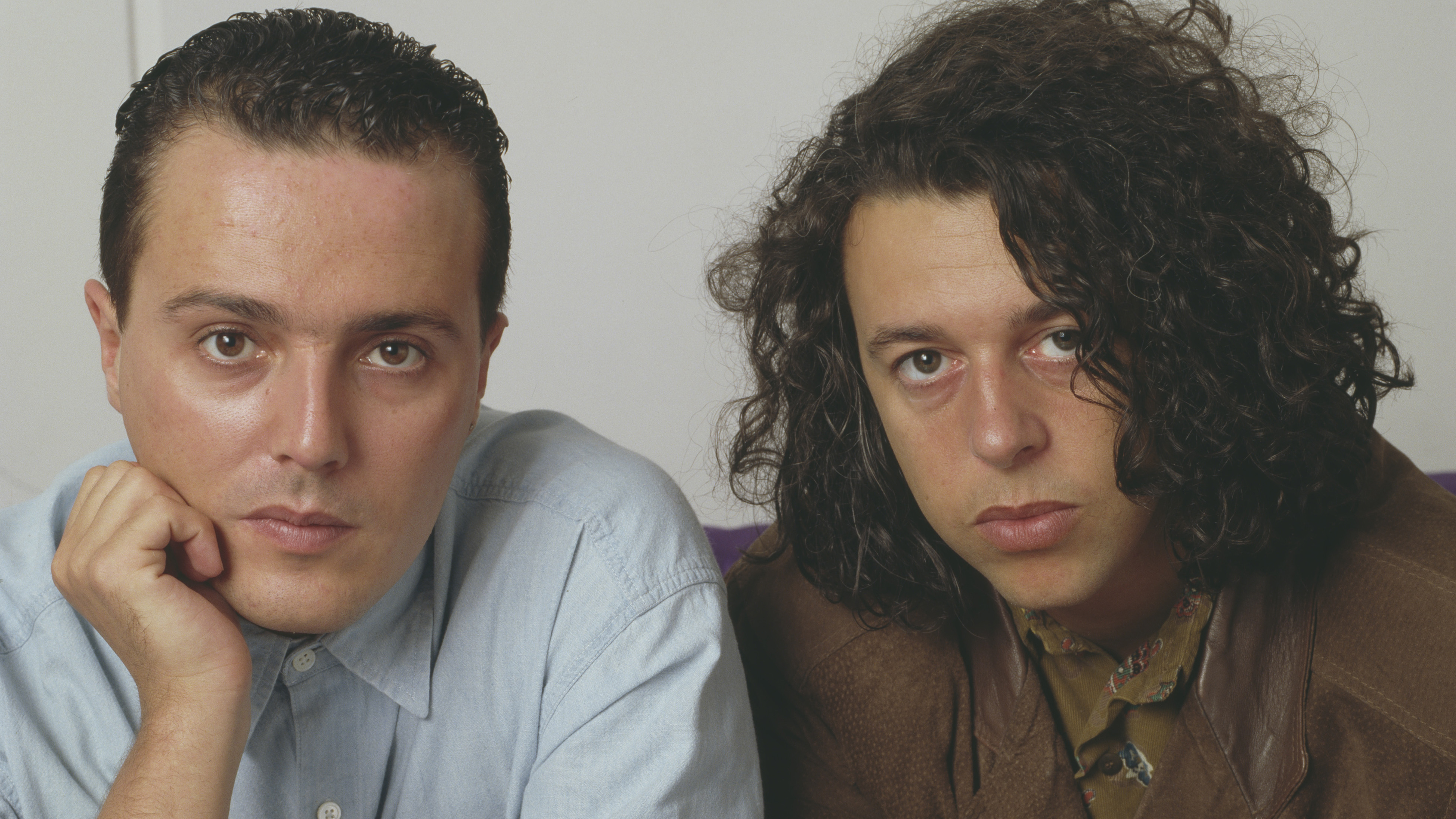“I saw this big hand come over with loads of rings on it and just stop the record. That was like my stamp of approval”: Adam F on making '90s DnB classic Colours – and why he’s re-recording it for 2025
“We went to the Hit Factory in New York, which was 10 or 15 grand a day. I preferred the mixdowns that I did in my bedroom in Watford”

Released in 1997, Colours, the debut album from Adam Fenton – aka Adam F – is an undisputed classic of drum & bass. Combining chopped breaks and synth basslines with jazz-indebted melodies and guest spots from the likes of Tracy Thorn, Grooverider and the late MC Conrad, the album showcased a song-focused, eclectic take on dance music.
“What's good about when you first make music is that it's coming from a very innocent place,” Fenton tells us, when we sit down to discuss that album’s creation. “It's very honest and it's very organic. And that's what the Colours album was about.”
Fenton wasn’t entirely inexperienced when it came to making his debut album. Adam comes from a musical family, including his father, the singer and actor Alvin Stardust, aka Shane Fenton. His formative years saw him playing a variety of instruments and experimenting with recording from a young age.
“I started making music when I was about 14 or 15,” Fenton tells us. “I guess back then, a lot of people had a reel-to-reel as a recording facility. I had a Tascam 388, which is a reel-to-reel with a built-in little mini mixing desk with eight tracks. My experience with recording artists or musicians or, you know, any kind of instrumentation or synthesizers was just from recording my own music. That's how I learned to record music.
“I was also in a funk band, and used to go around London and actually perform and play with live musicians. I'd sing at the front of the funk band. So I was used to playing with musicians and then recording my own music.“
Despite its influence, Colours has long been difficult to get hold of, either on streaming platforms or in physical form. This year, Adam F is tackling that head-on with the release of Colours Revisited, which sees Adam not only remastering the tracks, but re-recording much of the original material – even going so far as restoring the vintage instruments involved.
To mark its release, we met up with Fenton in London's World Heart Beat Studios for an in-depth chat about the original album and the process of reworking it. You can watch that interview in full in the video above.
Get the MusicRadar Newsletter
Want all the hottest music and gear news, reviews, deals, features and more, direct to your inbox? Sign up here.
Recording Colours
“The original Colours album was made in a bedroom studio,” he tells us. “I had analogue equipment. I had an Atari STe with Notator, which later became Logic and which had a giant dongle that you used to plug in to the side of the computer.
“Then I had an Allen & Heath mixing desk, which I loved for the analogue EQs. I had a few compressors, a DAT machine, CD player, a record player, Fender Rhodes, a vocoder, and a clavinet.”
It sounds like a fairly envy-inducing line-up of gear, particularly compared to the in-the-box home studios we’re used to today, but Fenton explains that the studio was slowly put together piece-by-piece.
“It sounds like a lot of stuff, but this was stuff that I'd earned and bought from working in my own stall at Camden Lock,” he says. “I used to sell tea and coffee, and walk up and down Camden Lock selling Rasta posters and records, and then busking in the evening. I'd then go to buy a bit of equipment and add it to my bedroom studio.
“There are a couple of people that have worked on the reboots for the new version of the album that used to come down to that bedroom studio near Watford and pay me £25 for the day to help engineer tracks together,” Fenton recalls. “Not only did I make Colours there, but I also made the hip-hop album Kaos, which is funny, you know?
“They both sounded massive and yet, it was all done in a bedroom studio; not all of the recording process, but the majority of it. Everything apart from recording some of the artists on there. We recorded live instruments at my house. The session musicians would come over and we'd record with saxophones and trumpets and flutes and everything in a bedroom with a very basic setup.”
Even when presented with the opportunity to step up to working in a world-renowned studio, Fenton found himself returning to the limited setup of his Watford studio.
“We even went to the Hit Factory in New York,” he says. “At the time it was probably, like 10 or 15 grand a day, to mix down tracks with LL Cool J, De La Soul, Redman. I preferred the mixdowns that I did in my bedroom in Watford to the ones we did there. I think that's because I knew what I wanted it to sound like. If you hand it over to somebody, they give their interpretation of it.”
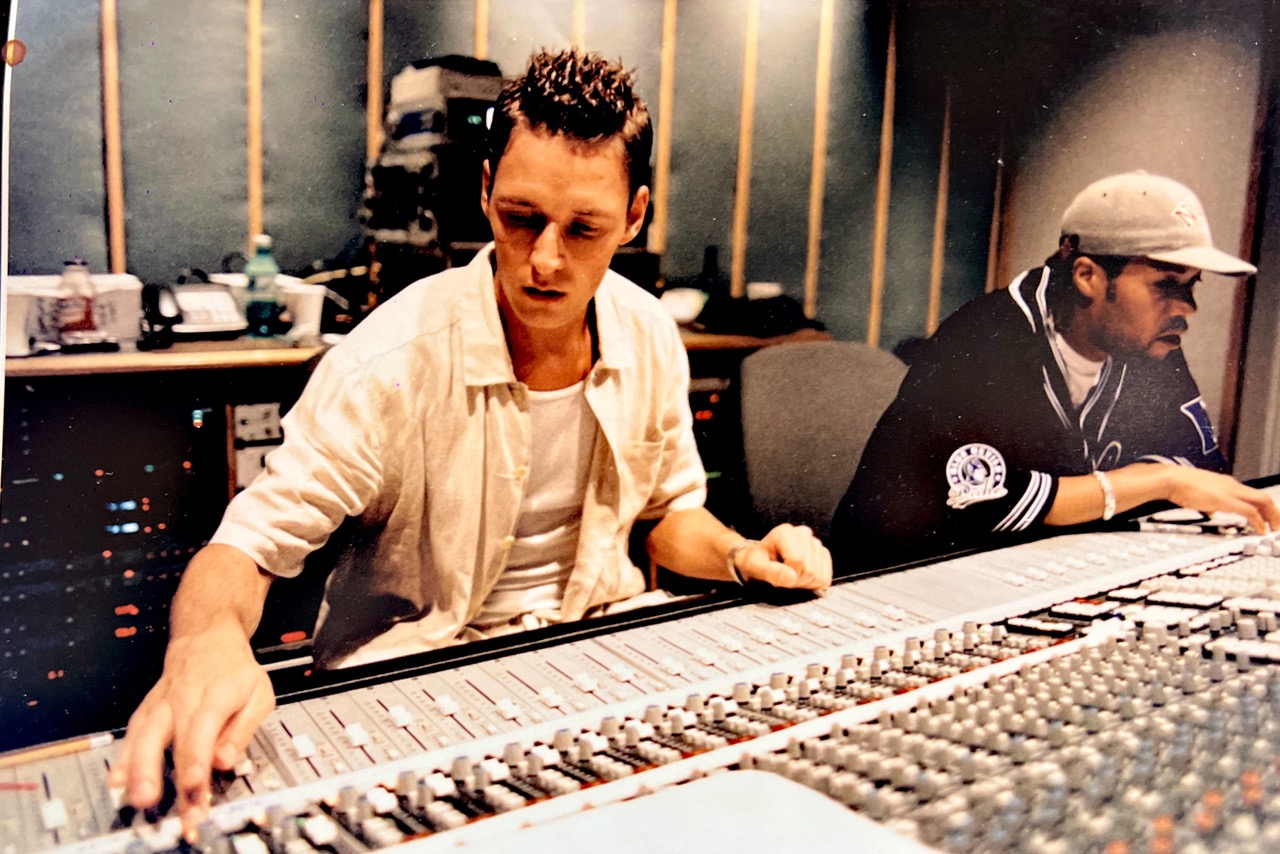
“I've realised that you don't need the best studio in the world,” he continues. “You don't need all the latest plugins and everything else. I think that my best instrument is the mind and the concept and the vision for what you want to make.”
Circles, and the singles that led up to it, were created against the backdrop of a fertile London drum & bass scene built around a close knit community of DJs and club-goers.
“I was going out to venues at the time like Speed, seeing Fabio and Bukem. Then Blue Note for Metalheadz, which was a game changer” Fenton recalls. “That was a venue and period where all the artists would be there together, listening. So you'd stand around and there'd be Dillinga, Ed Rush & Optical, Goldie, Grooverider – everyone would be in that small environment hearing tunes for the very first time.”
The experiences and environment of those clubs provided the influence for early Adam F tracks including Brand New Funk and Metropolis, the latter of which appeared on Colours.
“Metropolis was inspired by standing in Blue Note. I just wanted to recreate that atmosphere,” he tells us. “I'm glad I didn't DJ at the time though, because otherwise I wouldn't have made Brand New Funk the way I did, or Metropolis with a minute string intro with nothing to mix in. I would have been conscious of that and then probably tried to do something different.”
While the tracks might not have been made with DJs in mind, they found a warm reception with the artists behind the decks at those influential clubs, with a rewind from Metalheadz boss Goldie providing a particularly memorable moment of positive feedback.
“I went back after making Metropolis,” Fenton says. “Because Groove had been playing Circles and really supporting me, I handed him a dubplate at the side of the decks at Blue Note. He took it straight out and put Metropolis on. I just saw this big hand come over with loads of rings on it and just stop the record. That was like my stamp of approval, you know?"
Re-Recording Colours
Despite its lauded status among DnB fans, the original Colours is surprisingly hard to listen to in 2025. It’s not available on streaming platforms and hard to get hold of physically.
“I realised that a lot of my early releases as Adam F were not available online,” Fenton tells us, “and it'd been a long time since the physical product was in people's hands.”
If you’re reading this wishing you hadn’t lost, sold or donated your copy of the original album, you’re not alone, Fenton has found himself in a similar boat.
“I didn't have any copies of my own music,” he says. “You tend to give everything away. Everybody always asks for a copy, and before you know it, it’s 10 years down the line and you haven't got a copy of any of your own music.
“I went online and had to pay £90 for my own album to get a copy of it. That just made me realise how good it was to have that physical copy. And I wanted that back.”
Getting fresh copies of Colours out into the public domain wasn’t a simple case of returning to the original masters and pressing a few new records though. Rights issues around the original recordings also proved to be a factor in the process.
“I wanted the rights back to my music,” Fenton tells us. “Nowadays, with ever changing music industry, it's great for artists to control their own writers, and have control of artistically, what they want to do with their music and how they want to present it.”
The solution to these problems arrives this month in the form of Colours Revisited, a reworking of the original record that goes beyond a simple remaster and sees Fenton – and a crew of collaborators including many of the original contributors – re-recording tracks from the album.
Doing so has not necessarily been an easy process, in fact, Fenton describes the new LP as a painstaking labour of love.
“We went to recondition all of the instruments. They'd be phoning us up, saying, ‘Where have you kept these, in the garden for 20 years? They're covered in mould’.”
“The first step to working on Colours Revisited was to look at what assets we had, which wasn't very many,” he explains. “It was a combination of finding bags and bags of floppy disks, zip discs, and then machines that would actually load them up – samplers, outboard equipment, the original instruments, you know, clavinet and Fender Rhodes, vocoders…”
In many cases, although Fenton and his team had access to the original hardware, decades of wear and tear meant that significant work was needed to return the instruments to a usable condition.
“We basically went to recondition all of these instruments, which was a lot harder than I originally anticipated,” he says. “We’d take it to the specialist to get it reconditioned, and they'd be phoning us up, saying, ‘Where have you kept these? In the garden for 20 years? Because they'd be covered in mould’.”
Then there was the process of reassembling the diverse lineup of collaborators that worked on the original. The late MC Conrad re-recorded his parts before he sadly passed away last year, while Fenton’s wife Kirsty Hawkshaw – of Opus III – stepped in for Tracy Thorn’s parts on The Tree Knows Everything. They were joined by musicians including jazz great Julian Joseph and a number of new collaborators.
Fenton also had to grapple with the challenge of recreating his own parts, which wasn’t always as straightforward as it might seem.
“When I listened to some of the takes [from the original album], where I’d record stuff for an hour and a half, I was like, fuck, is that me playing?” he tells us. “I realized that, you know, people say you’ve got to play piano every day to keep up. It's like playing pool. If you don’t keep it up, 10 years later, you go, ‘I thought I used to be really good. Now I'm shit!’ And that's just what happens.”
Moving from drum & bass to hip-hop for Kaos
Despite the success of Colours and the growing popularity of drum & bass, Adam F made a surprising move for his second album by moving away from the genre in favour of the US hip-hop scene. Although the stylistic jump took some fans by surprise, as Fenton explains in the video below, it perhaps wasn’t such a radical change of direction for the producer himself.
I'm the Managing Editor of Music Technology at MusicRadar and former Editor-in-Chief of Future Music, Computer Music and Electronic Musician. I've been messing around with music tech in various forms for over two decades. I've also spent the last 10 years forgetting how to play guitar. Find me in the chillout room at raves complaining that it's past my bedtime.
You must confirm your public display name before commenting
Please logout and then login again, you will then be prompted to enter your display name.
“A fabulous trip through all eight songs by 24 wonderful artists and remixers... way beyond anything I could have hoped for”: Robert Smith announces new Cure remix album
“He knows what I'm thinking and feeling before I even know it": Billie Eilish suggests that she and brother Finneas can read each other's minds

